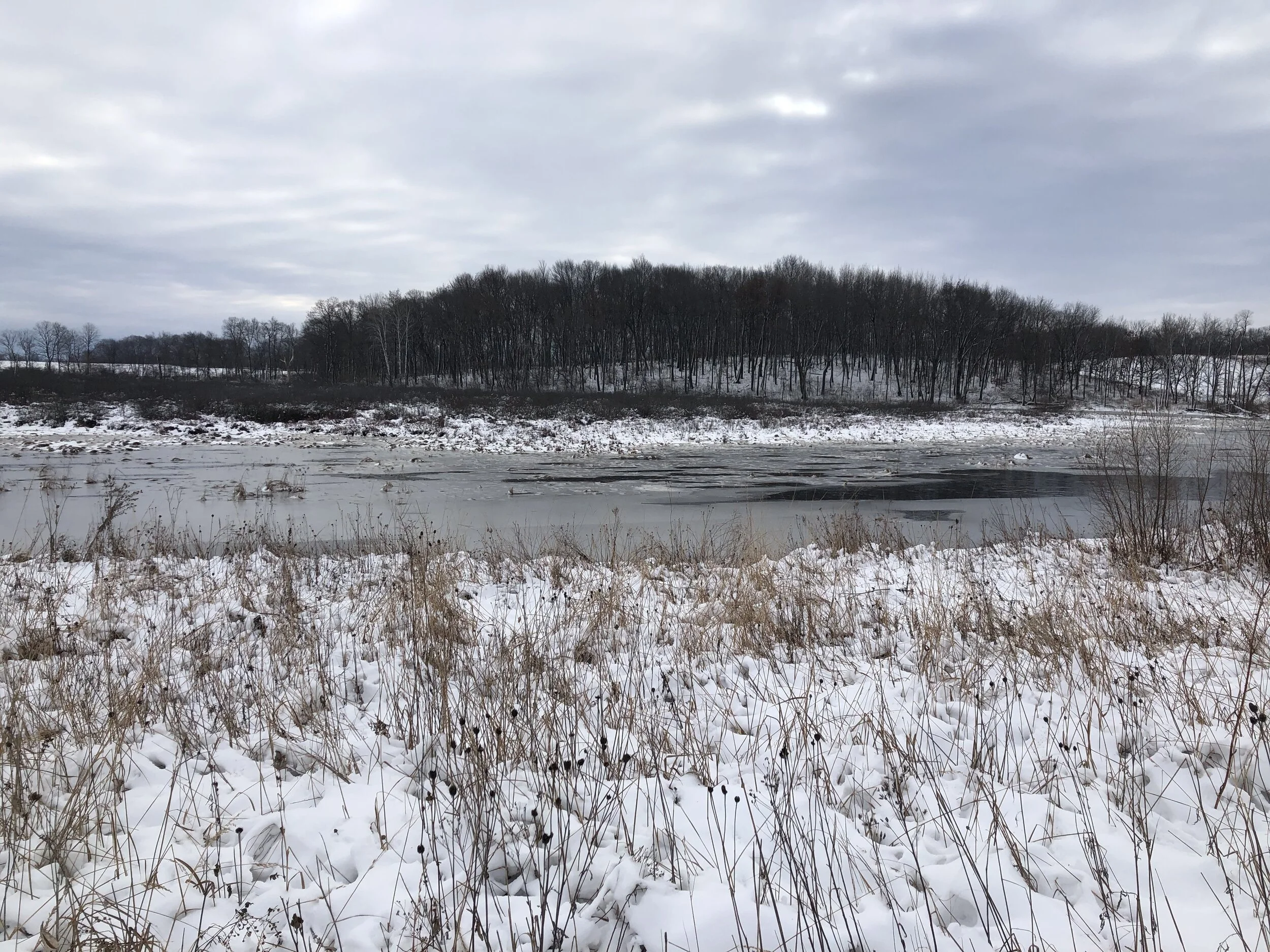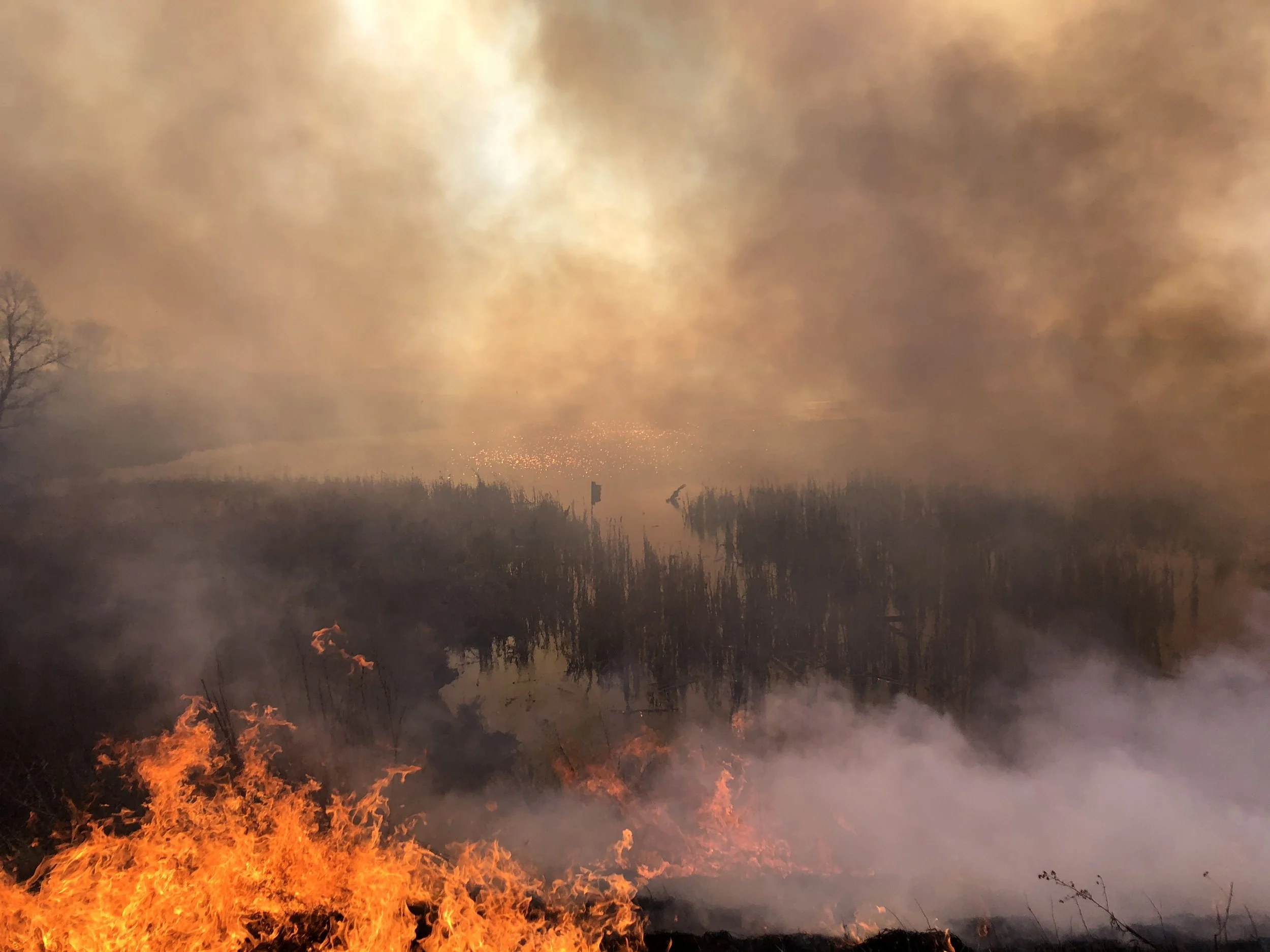Explore the diverse landscapes of -- and plan your next adventure to -- Faville Grove Sanctuary through our new Faville Grove Storymap. This new, interactive resource describes the sanctuary through written descriptions, photos, trails, points of interest, and more. This storymap brings Faville Grove to you, wherever you are, through your smartphone or computer.
If you've never been to Faville Grove, or aren't sure where to start your hike, or just want to learn more about this lovely Madison Audubon property, the Faville Grove Storymap was created for you.
Photo by David Musolf








